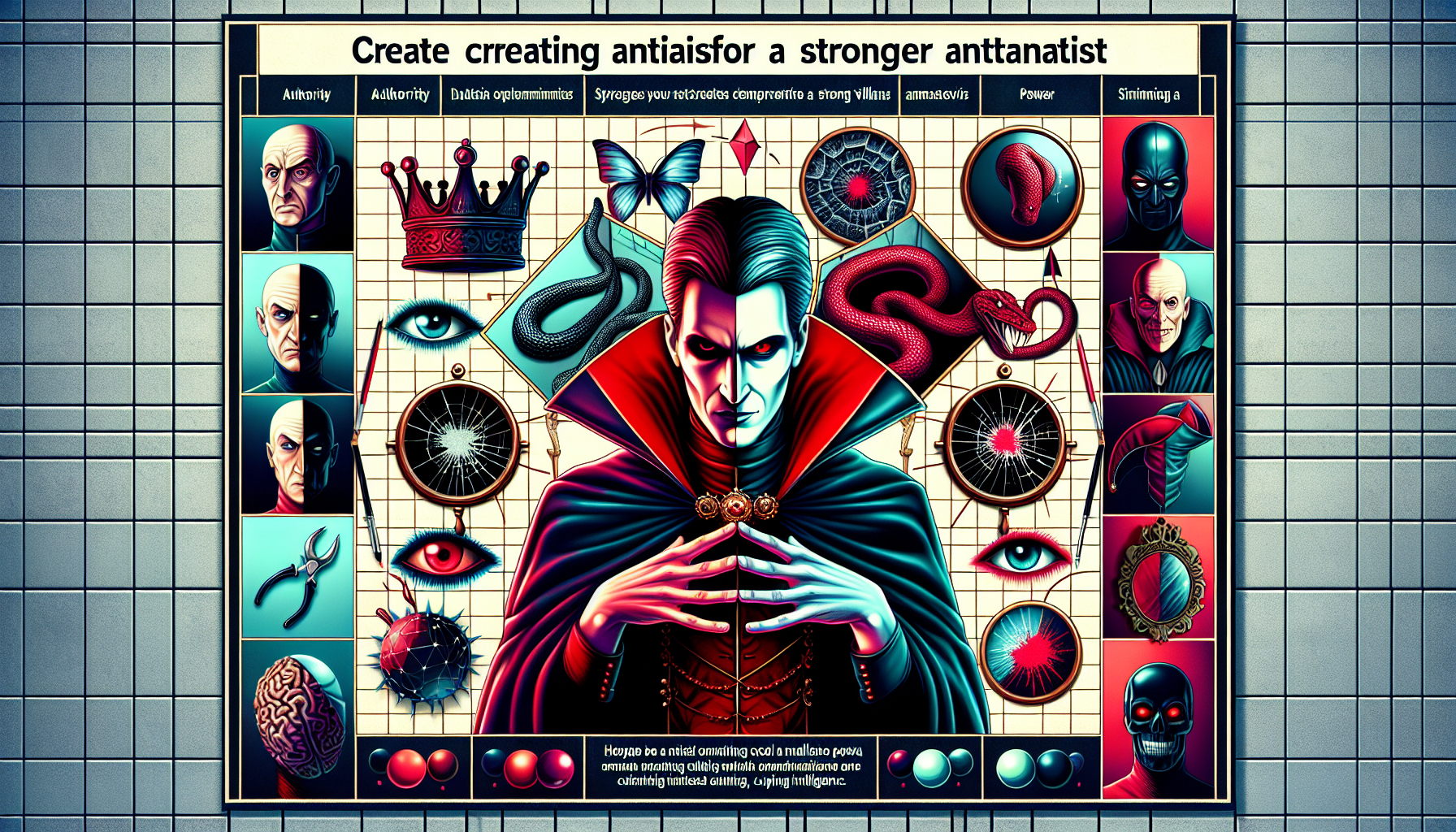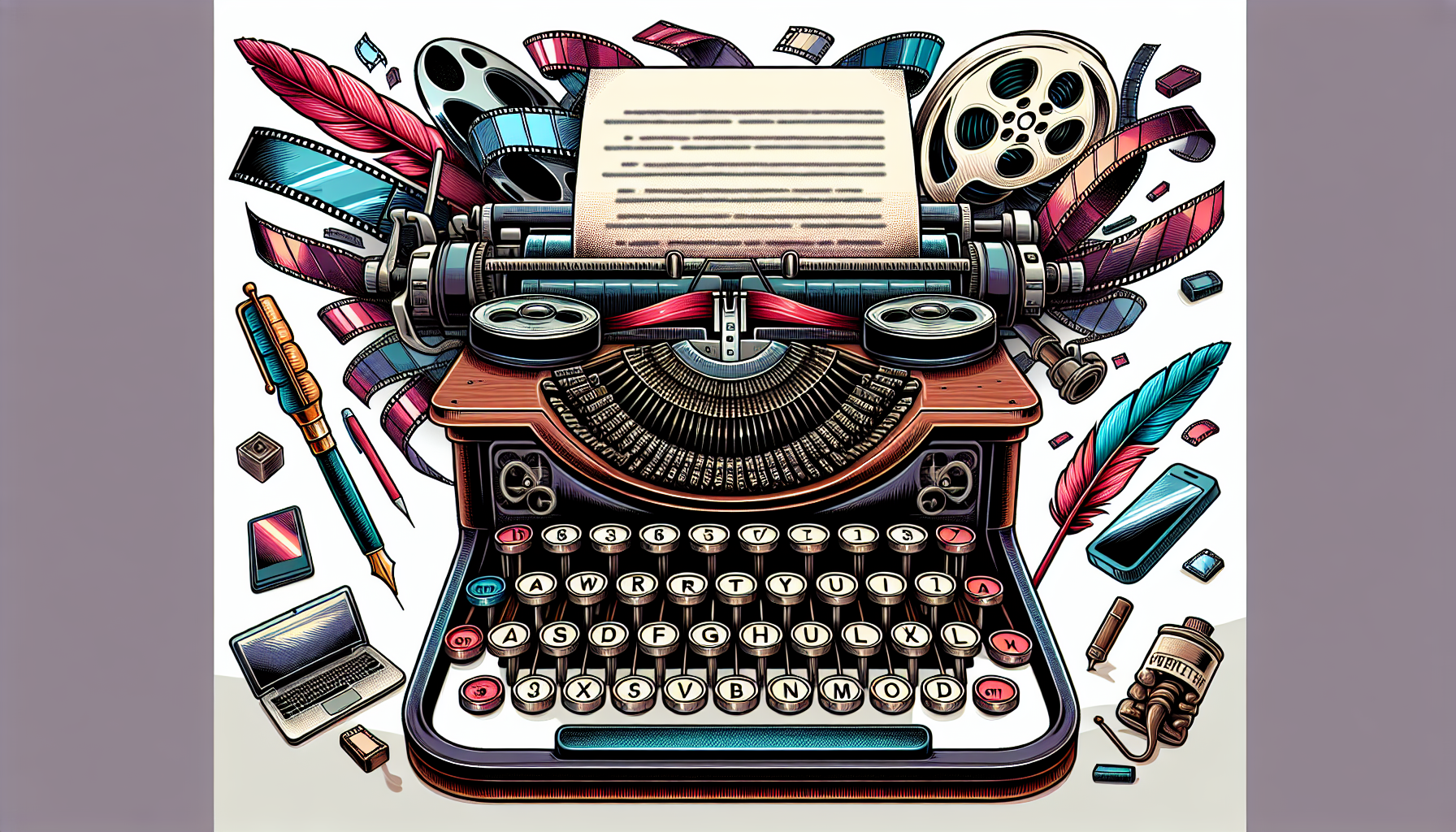
Understanding the Role of a Villain
The villain in any story plays a fundamental role, providing the main opposition to the protagonist and significantly contributing to both the plot’s tension and its forward momentum. A well-crafted villain can transform a good story into a memorable one, adding depth and complexity to the narrative. Crafting a compelling villain, therefore, is not about creating a character who simply embodies evil, but about developing a multi-dimensional being whose motivations and actions resonate with readers or viewers on a deeper level.
Establish Clear Motivations
The first step in creating a compelling villain is to establish their motivations clearly. A villain should have reasons behind their actions that are understandable, if not relatable, to the audience. This doesn’t mean the audience has to agree with the villain, but they should be able to see why the villain does what they do. Whether it’s a thirst for power, revenge, or a twisted sense of justice, the villain’s motivations should be as well-developed and nuanced as those of the protagonist.
Personal Backstory
One effective way to establish motivations is through a detailed personal backstory. This backstory can explain why the villain has turned to their dark ways, making them a more sympathetic figure. However, balance is key; a villain’s past should inform their character without excusing their actions.
Make Them Formidable
A compelling villain should be a worthy adversary to the protagonist, posing a real and significant threat. This doesn’t just mean physical strength or power, but also intelligence, resourcefulness, and strategic thinking. A strong antagonist challenges the protagonist to grow, adapt, and overcome, pushing the story to new heights.
Moral Complexity
Introducing moral complexity to your villain’s character can significantly enhance their impact. When a villain believes in their cause and fights for it with conviction, it forces both the characters and the audience to confront difficult ethical questions. A villain who operates in a moral grey area can blur the lines between good and evil, compelling the audience to question their own values and beliefs.
Humanizing the Villain
To truly captivate an audience, a villain needs to be more than just a symbol of evil. They need to be humanized, with vulnerabilities, fears, and perhaps even moments of kindness or remorse. These human elements make the villain more relatable and memorable, as they reveal the complexity of their character. It’s these nuances that can transform a one-dimensional antagonist into a fascinating, multidimensional character.
Give Them a Mirror Moment
A mirror moment — a scene where the villain reflects on their actions, confronts their motivations, or displays vulnerability — can be a powerful tool in humanizing them. It provides insight into their inner conflicts and can even elicit sympathy from the audience.
Crafting Dialogue and Appearance
The way a villain speaks and looks contributes significantly to their memorability and the fear they instill. Crafting unique, memorable dialogue that reflects their personality and values can make a villain’s character more distinct. Similarly, their appearance, whether subtly menacing or outright terrifying, should mirror their personality and the nature of their evil.
Conclusion
Crafting a compelling villain is a nuanced process that involves giving them clear motivations, making them formidable, introducing moral complexity, humanizing them, and paying attention to their dialogue and appearance. A well-developed villain can elevate a story, turning it from merely good to unforgettable. By following these strategies, writers can create antagonists that not only challenge the protagonist but also captivate and resonate with the audience, making for a richer, more engaging story.






